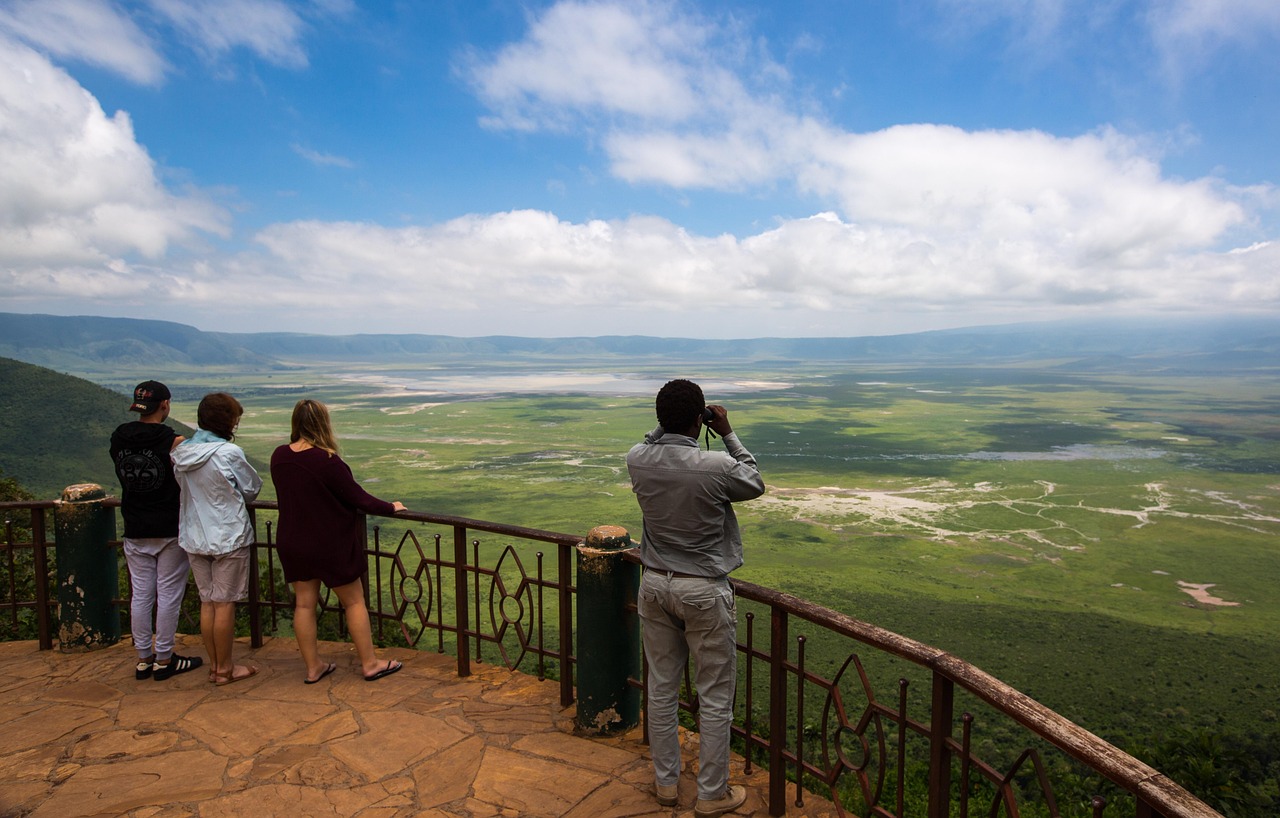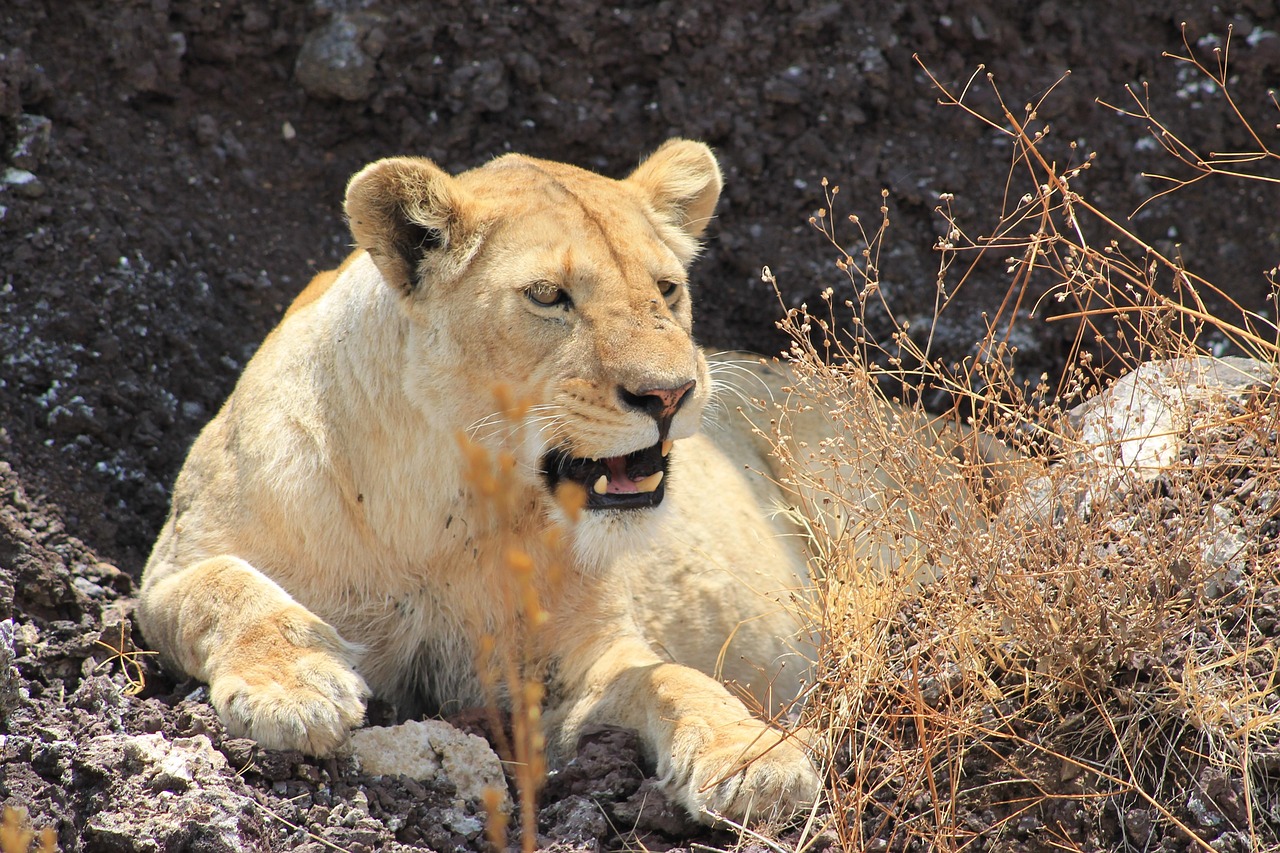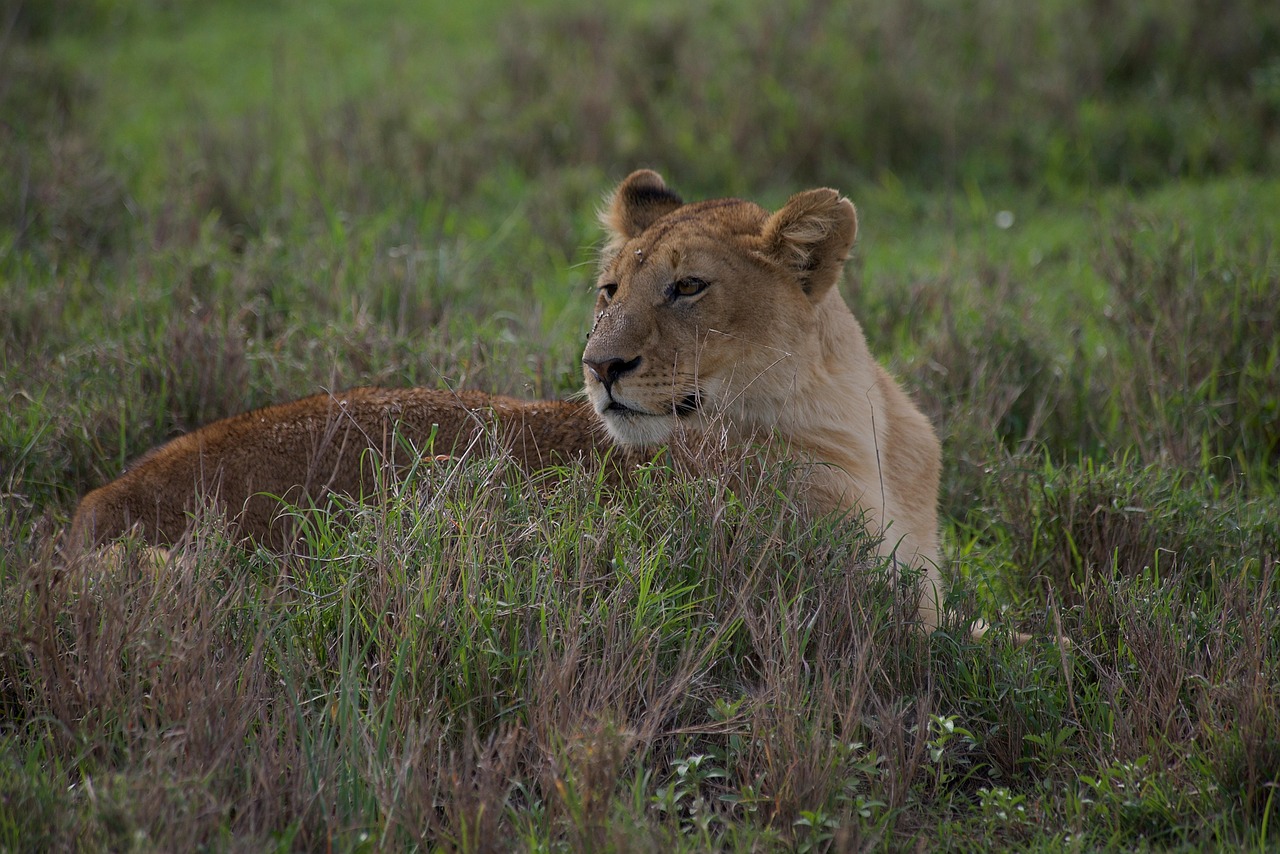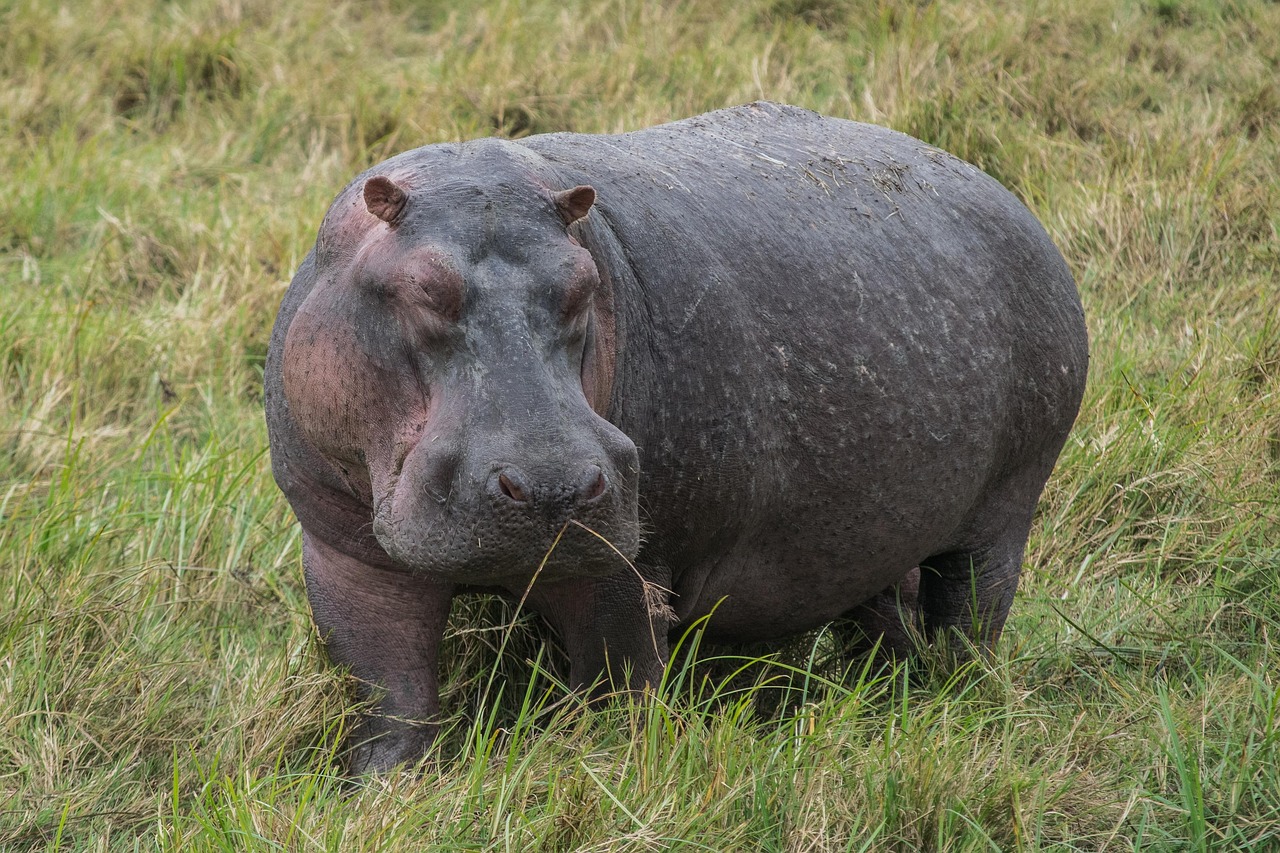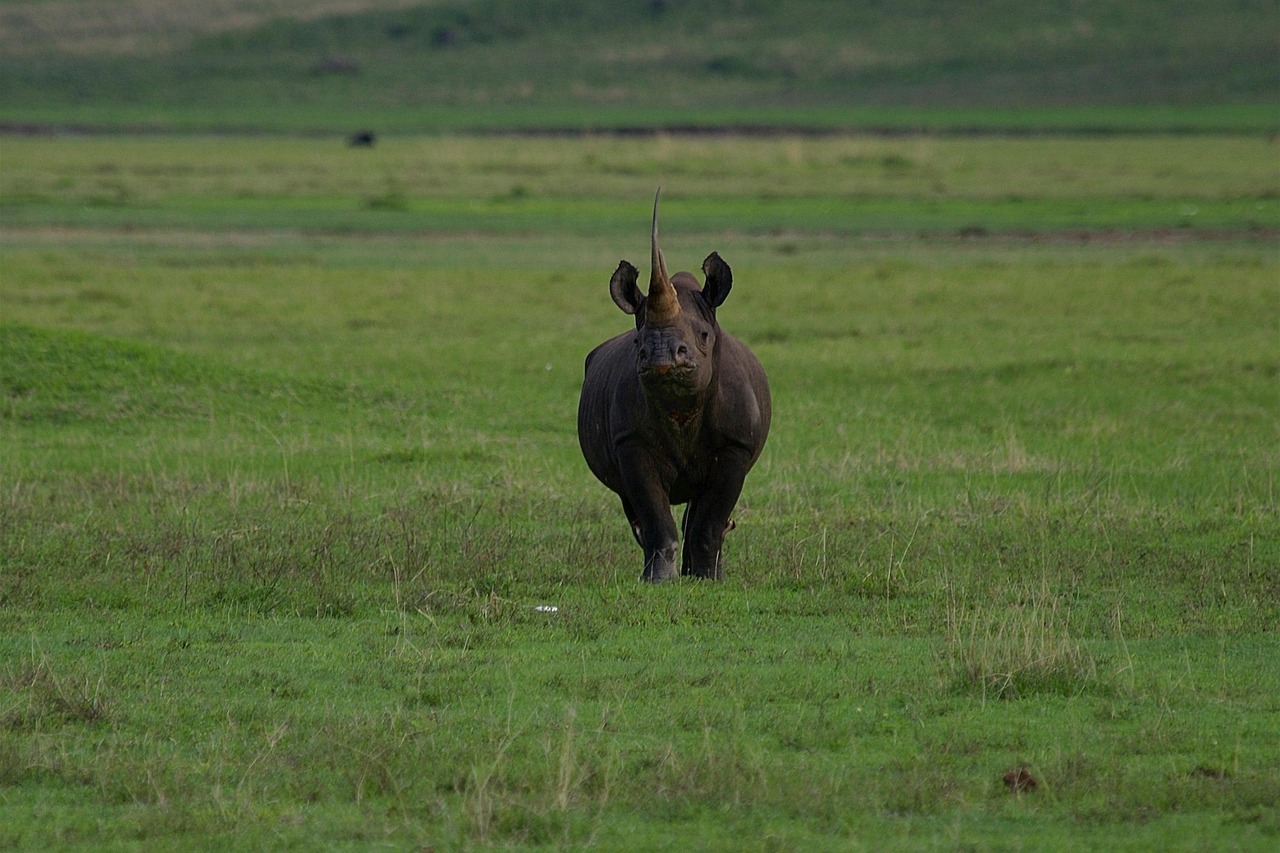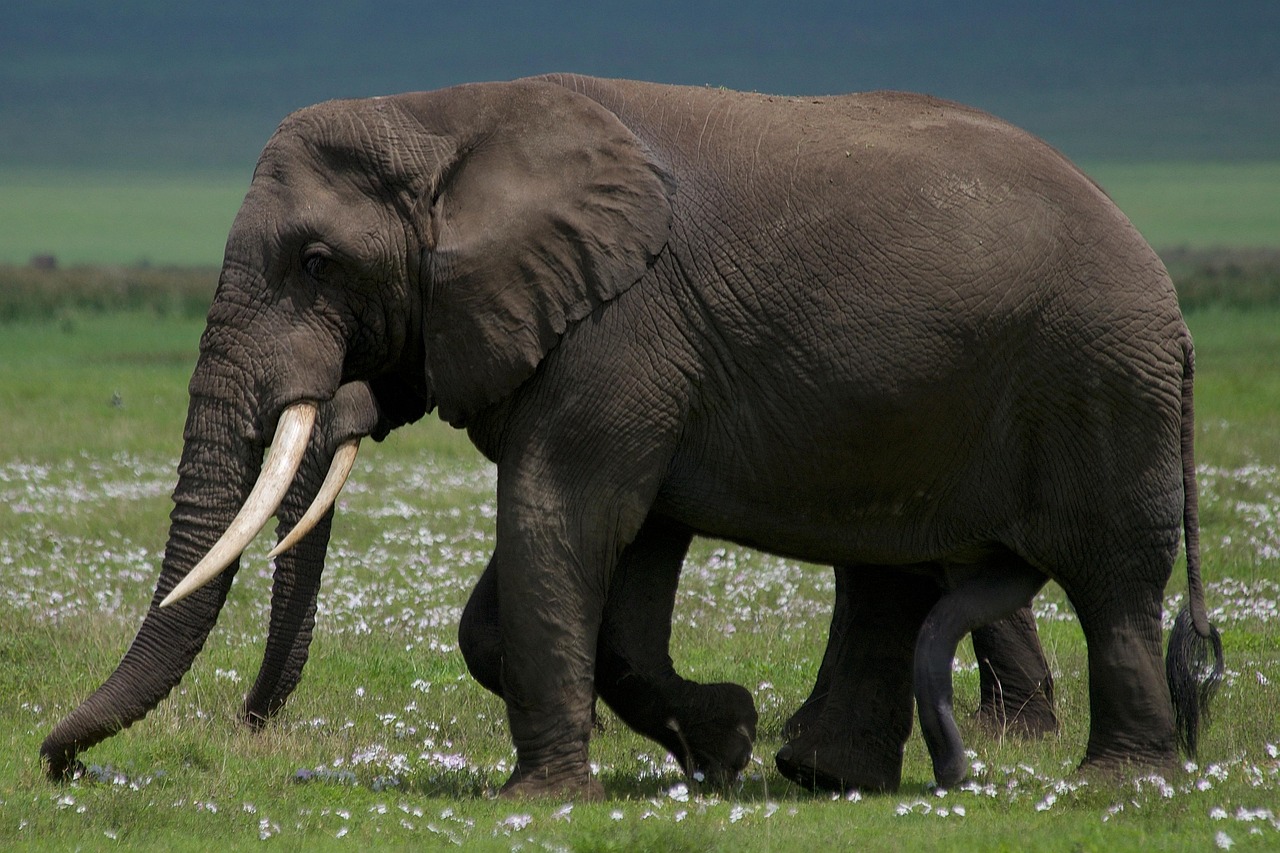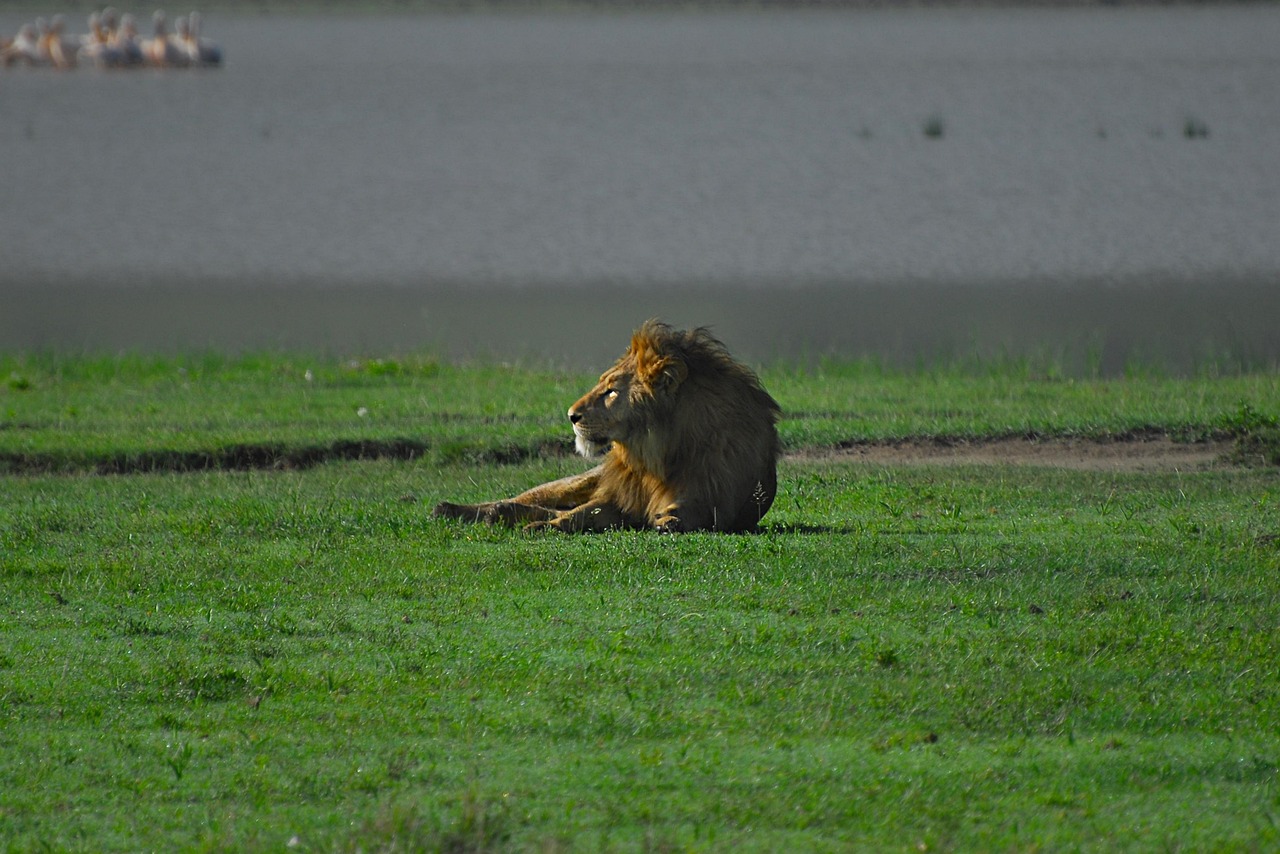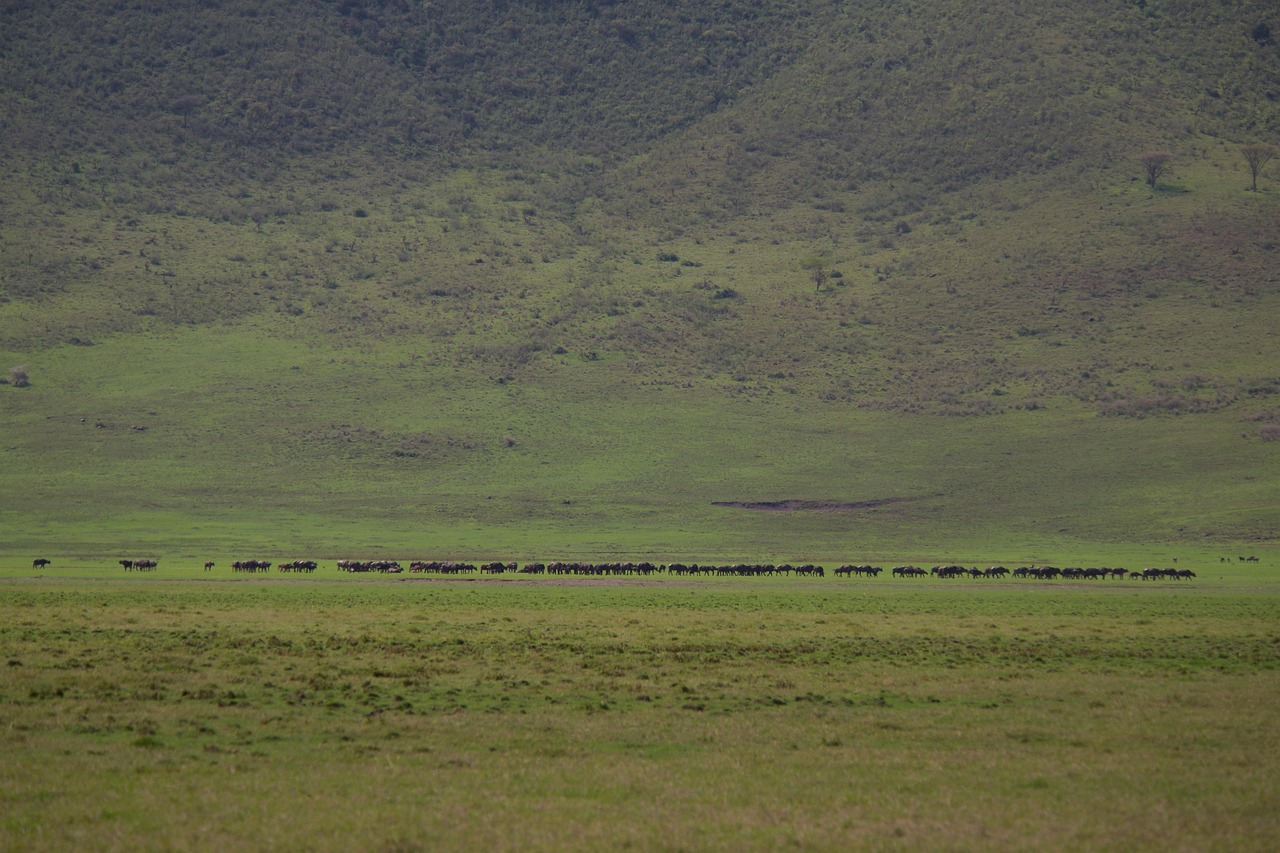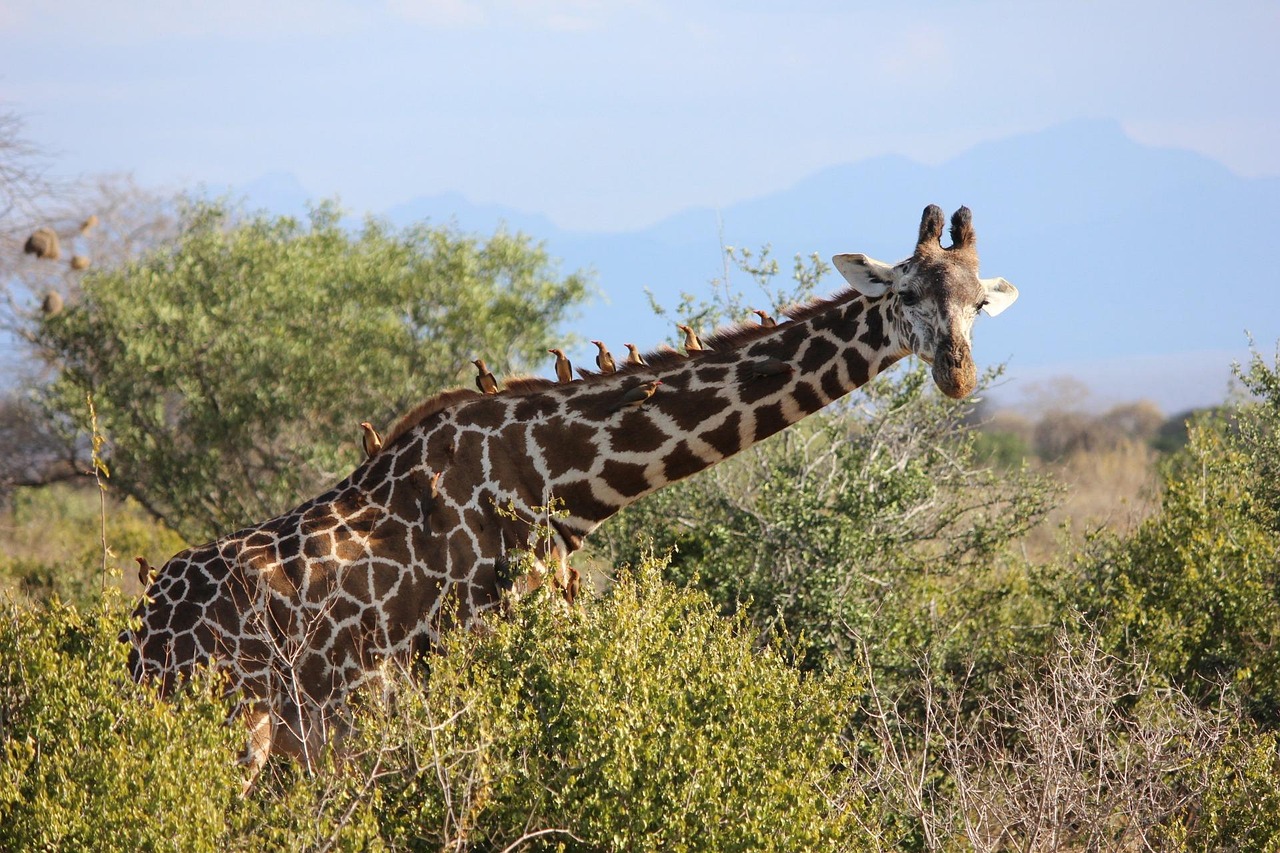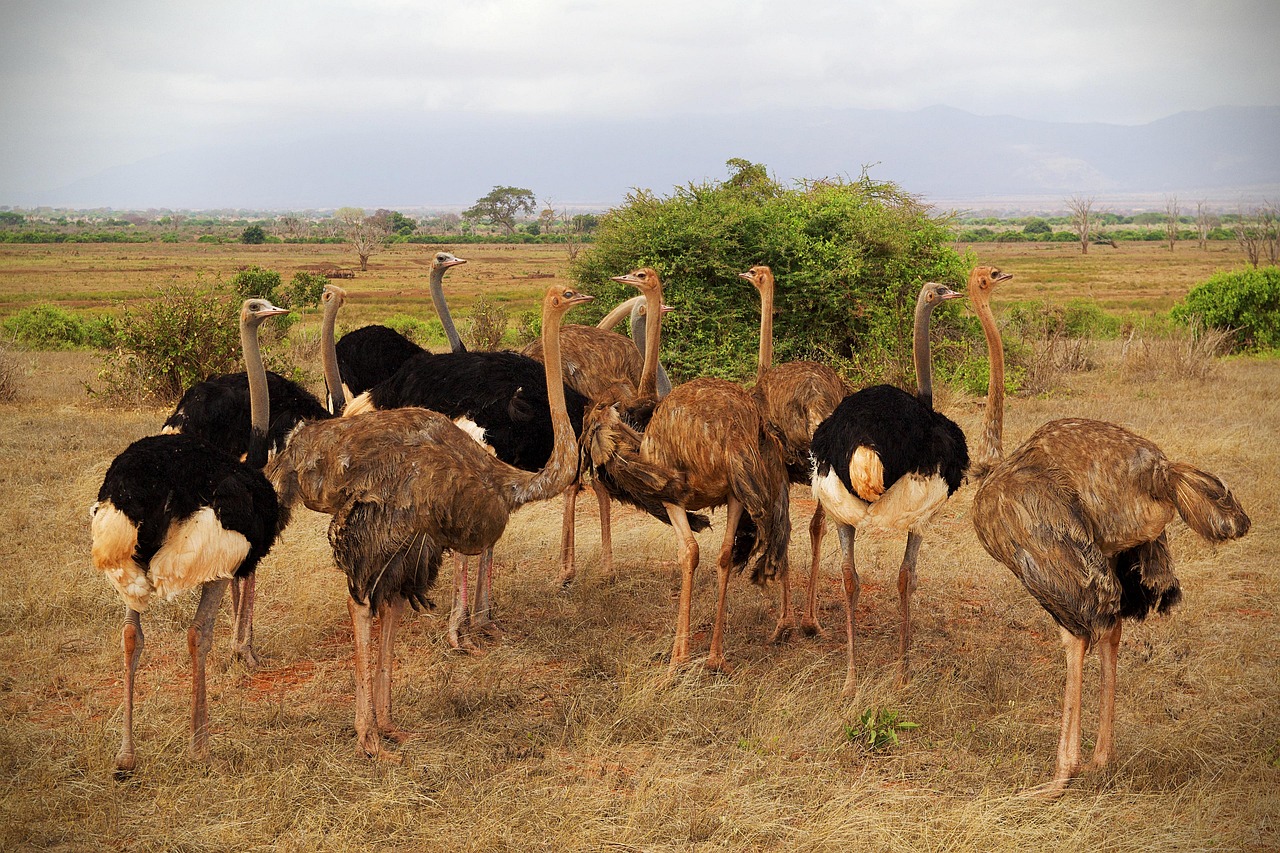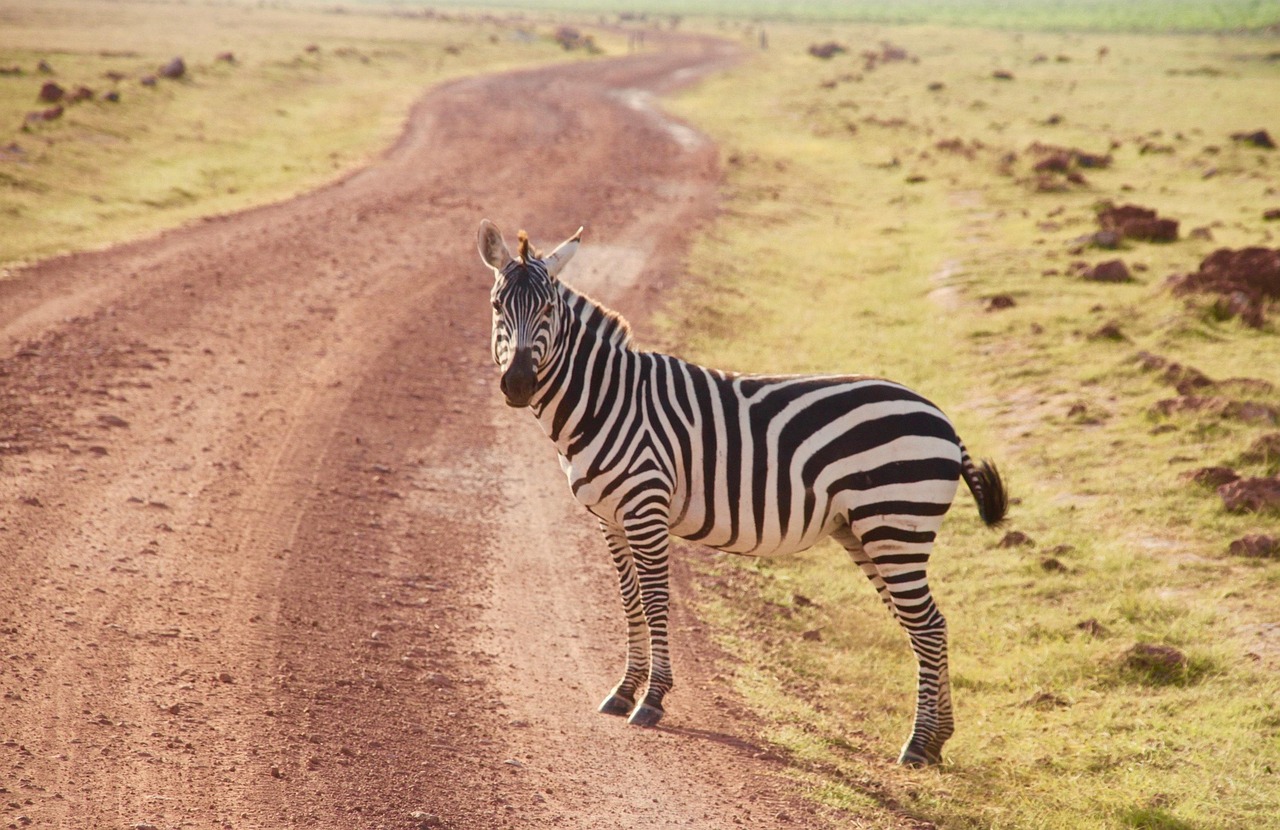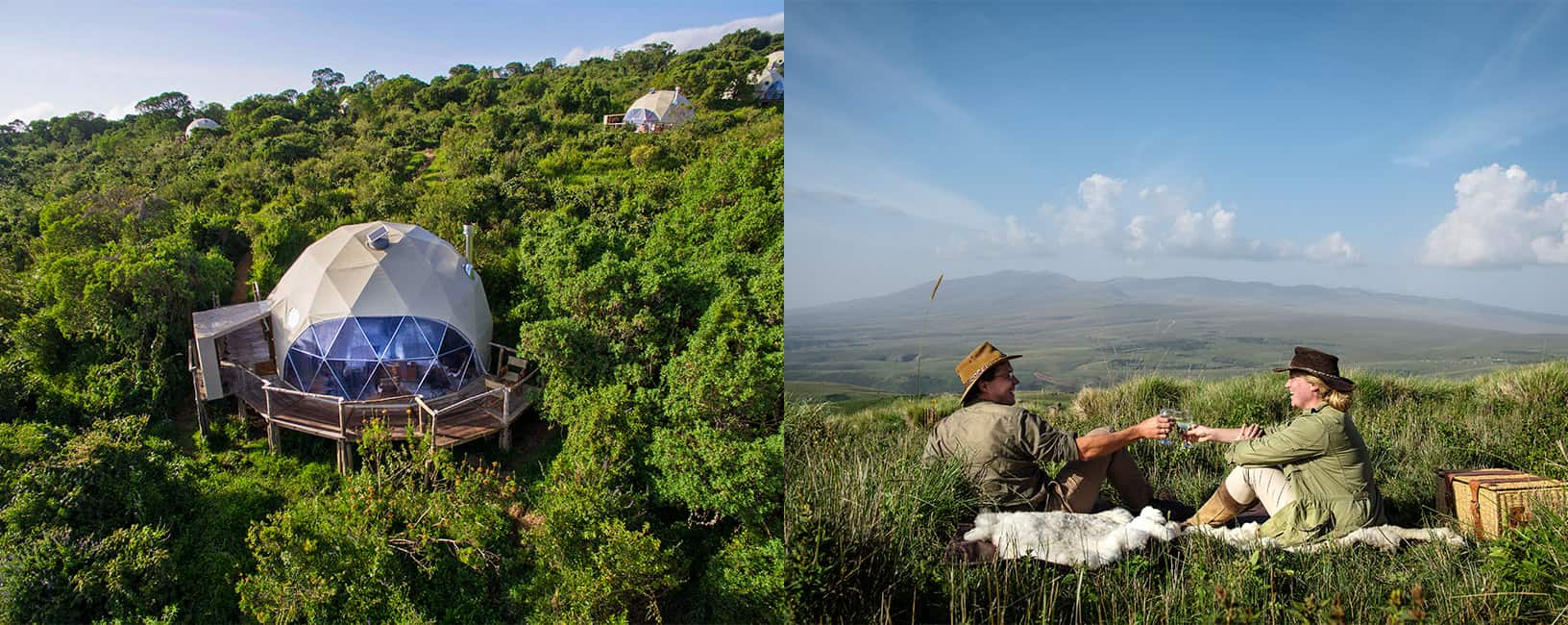3 Days 2 Nights
Tanzania, United Republic of
10
1
Overview
Arriving at the Ngorongoro Conservation Area, we’ll take in the expansive view at the crater’s rim. A blue/green expanse of 256 sq. km (101 sq. mi) spreads out before us with the promise of a rich world of wildlife below.
We’ll descend into the crater amidst its swamps, acacia forests, and deep grasslands all holding a universe of animals waiting to be discovered. Lions, leopards, wildebeests, zebra, buffalo, are thriving in this self-contained ecosphere, and possible sightings of pink flamingoes at Lake Magadi.
Geological Features
The Ngorongoro Crater was formed over two million years ago when a massive volcano collapsed after an explosive eruption. This unique geological feature creates a bowl-like structure, measuring about 20 kilometers (12 miles) in diameter. The crater's floor is home to diverse ecosystems, including grasslands, swamps, and forests, providing a habitat for a variety of wildlife.
Wildlife Diversity
Ngorongoro is celebrated for its abundant wildlife, making it one of Africa's premier safari destinations. The park is home to approximately 25,000 large mammals, including:
- African Elephants: Frequently seen wandering the crater floor.
- Black Rhinos: One of the last strongholds for this endangered species.
- Lions: The crater is known for its healthy lion population.
- Wildebeests and Zebras: These grazers thrive in the grasslands, particularly during migration seasons.
The park is also a haven for birdwatchers, with over 500 bird species recorded, including flamingos, ostriches, and various raptors.
Cultural Significance
The Ngorongoro area is not only rich in wildlife but also in cultural heritage. The Maasai people, who have coexisted with wildlife for centuries, inhabit the surrounding regions. Visitors often have the opportunity to engage with the Maasai community, learning about their traditional lifestyles, customs, and practices.
Activities
Visitors to Ngorongoro National Park can engage in various activities, including:
- Game Drives: Explore the crater and its diverse habitats to spot a wide range of wildlife.
- Guided Walking Safaris: Experience the park’s landscapes on foot with knowledgeable guides.
- Cultural Visits: Interact with local Maasai communities and learn about their way of life.
Best Time to Visit
The best time to visit Ngorongoro National Park is during the dry seasons, from June to October and December to February, when wildlife is more easily spotted. The park is also beautiful during the wet season, with lush greenery and vibrant flora.
Conclusion
Ngorongoro National Park is a breathtaking destination that offers a unique combination of stunning landscapes, diverse wildlife, and rich cultural experiences. Whether you are on a safari adventure or seeking to learn about the local culture, Ngorongoro promises an unforgettable experience in one of Africa's most iconic natural settings.
Itinerary
Day 1
Day 2
Day 3
Cost Info
Price includes
- Pick-up or Drop-off service from and to Airport(in our own vehicle)
- Transportation to and from!!
- Food all along the trip(Breakfast, Lunch, Dinner and a cup of coffee or tea) and accommodations during the trip in hotels with family environment
- Transportation, food, accommodation and insurance of Guide during the trip
- First Aid Medical Kit(Your guide will carry the Medical Kit but we also advise to bring yourself for your own use, as far as possible)
- All the required permits and paperwork
Price excludes
- International Airfare
- Visa Charges
- Hotel Expenses(some packages do include hotel expenses)
- Your travel and medical insurance
- Personal Expenses such as shopping, bar bills, hot shower, telephone, laundry, titbits etc
- Food and accommodations in Kathmandu
- Services not mentioned or not promised by the agent/agency
- Emergency expenses such as expenses on chartered helicopte

